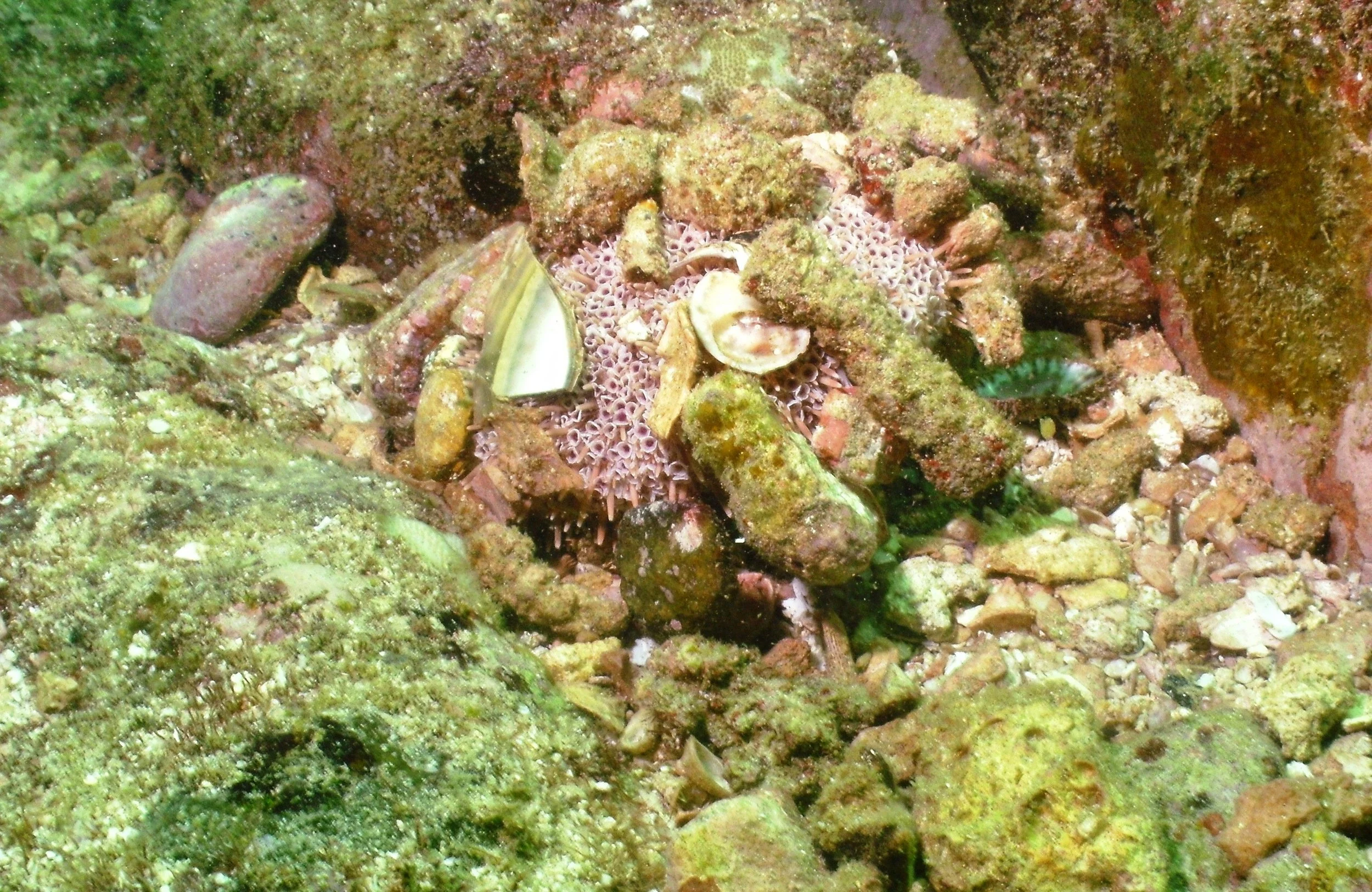Not all animal species operate on a system of only males and females! Trioecy, when hermaphrodites coexist with females and males in a population, is an understudied reproductive strategy being brought into the spotlight with pink sea urchins in the Mexican Pacific. Valentina Islas-Villanueva and Francisco Benítez-Villalobos brought their research to our attention because they found that trioecy is maintained as a time-stable mating system, not as a one-time coincidence or a disorder. Their work adds to a growing body of evidence about the naturally occurring diversity of sex in living things.
Spotted red hyena boys and girls look and act ALMOST the same even if you look closely. [Gender Showcase, K-5)
Spotted Red Hyena
The boys and the girls look AND act so much alike, it can be difficult to tell them apart, even if you look closely. One girl hyena usually is the strongest hyena in the family, and she leads the pack.
Updated from: “All Genders Are Perfectly Natural” (K-5) poster by Reflection Press, from the Gender Now Coloring Book © 2011.
Diverse Reproductive Strategies Gallery Walk
In this lesson, students do a reading about R- and K-selection and then a gallery walk of four more unique reproductive strategies in animals. Students use the notes taken during the gallery walk to write a paragraph response comparing two different strategies.
The examples chosen include sequential hermaphroditism in clownfish and unisexual populations of all-female salamanders. However, they are limited in that all the example species are described to have binary sex. This lesson could be supplemented with examples of species where there are more than two sexes - see Scientific Evidence for examples.
Editor’s note: The term "hermaphrodite" is appropriate for referring to non-human animals with sex characteristics that do not fit typical binary notions of male or female bodies. For humans, “intersex” is the appropriate term—learn more here!
For a longer and more inquiry-based lesson, the gallery walk information could be shortened to remove the explanation for why each species has a unique reproductive strategy. Students could be tasked with hypothesizing the relationship between reproductive strategy and social structure or environment of the animal.
Video: Intersex Across the Animal Kingdom
This SciShow video reviews several intersex traits in humans and several patterns of hermaphroditism in animal species. At different times in the video, the host describes this phenomenon as a “condition,” “disorder,” and “variation”. You may wish to discuss the impact of these word choices with your students.
Editor’s note: The term "hermaphrodite" is appropriate for referring to non-human animals with sex characteristics that do not fit typical binary notions of male or female bodies. For humans, “intersex” is the appropriate term—learn more here!




